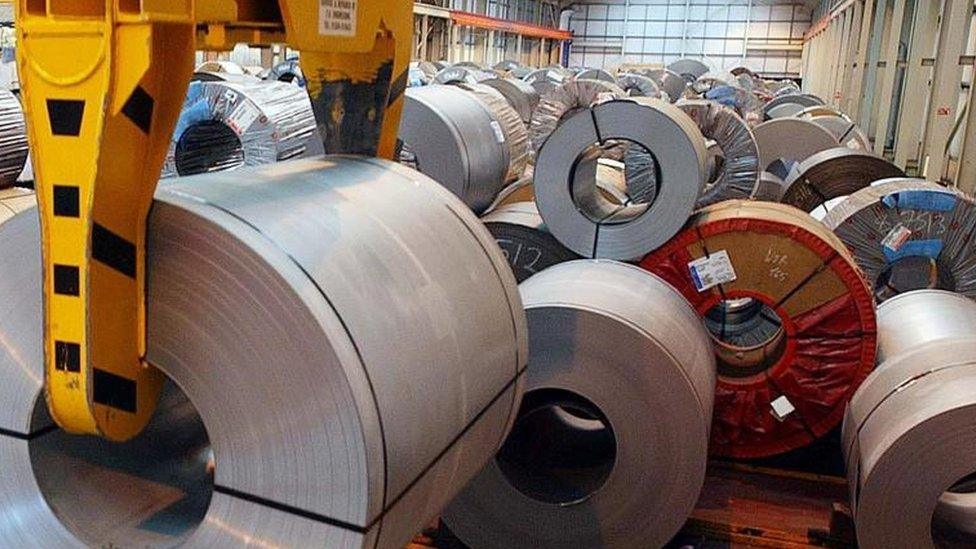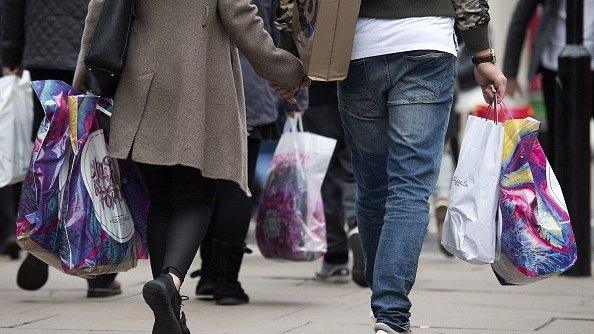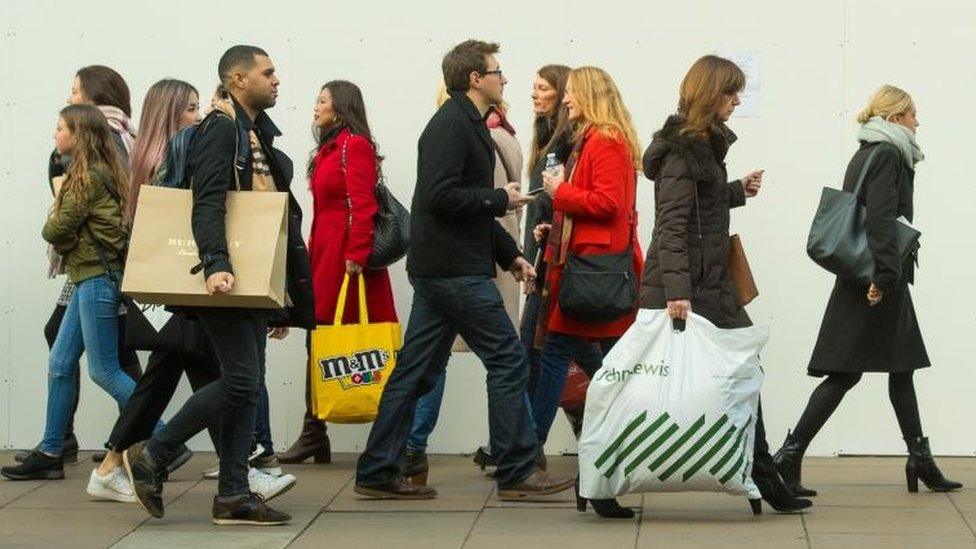UK manufacturing ended 2016 strongly
- Published

The manufacturing sector grew faster than expected at the end of 2016 as the UK economy continued to defy worries of a downturn following the Brexit vote.
Output from the sector grew by 2.1% in December, the Office for National Statistics (ONS) said, external, and was up 1.2% in the October-to-December quarter.
However, the ONS warned that December's figure was boosted by output from the "volatile" pharmaceuticals sector.
Separate ONS data, external showed the UK's trade deficit narrowed in December.
The deficit in goods and services fell to £3.3bn from £3.6bn in November. The ONS said this improvement was mainly due to a £1.1bn increase in exports of goods to non-EU countries.
For the October-to-December quarter, the deficit narrowed by £5.6bn to £8.6bn.
"While both exports and imports grew over 2016, there remains little evidence that the weaker pound has had an effect on the trade balance," said Kate Davies, senior statistician at the ONS.
The pound has fallen by about 17% against the US dollar since the Brexit vote in June last year. The fall in sterling makes exports from the UK cheaper overseas, but makes imports more expensive.
Good news 'hat-trick'
The ONS figures showed the wider measure of industrial output, which includes manufacturing, rose by a better-than-expected 1.1% in December, although it was up by just 0.3% in the final quarter of the year.
The construction sector also enjoyed a strong December, ONS figures suggest, external, with output rising by 1.8%, mainly due to an increase in the building of houses and commercial properties.
"A hat-trick of good news for the UK economy - that point to the economy firing on several cylinders at the end of 2016, and not just reliant on services and consumer spending," said Howard Archer, chief UK and European economist at IHS Global Insight.
However, he noted a "major concern" in the data was a sharp rise in the price of imported goods, which were up 9.1% in December from a year earlier.
"This reinforces our belief that consumer price inflation is headed for 3% before the end of 2017," he said.
Last week, the Bank of England increased its growth forecast for this year to 2%, However, it added that it expected the weakness in the pound to push inflation higher and reach 2.7% next year.
- Published2 February 2017

- Published26 January 2017
